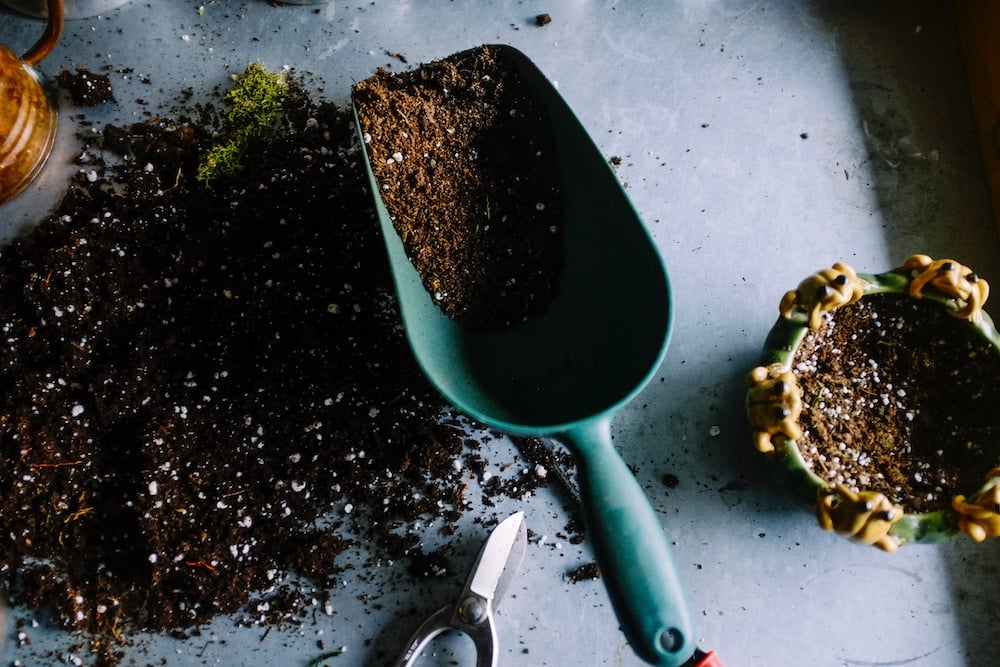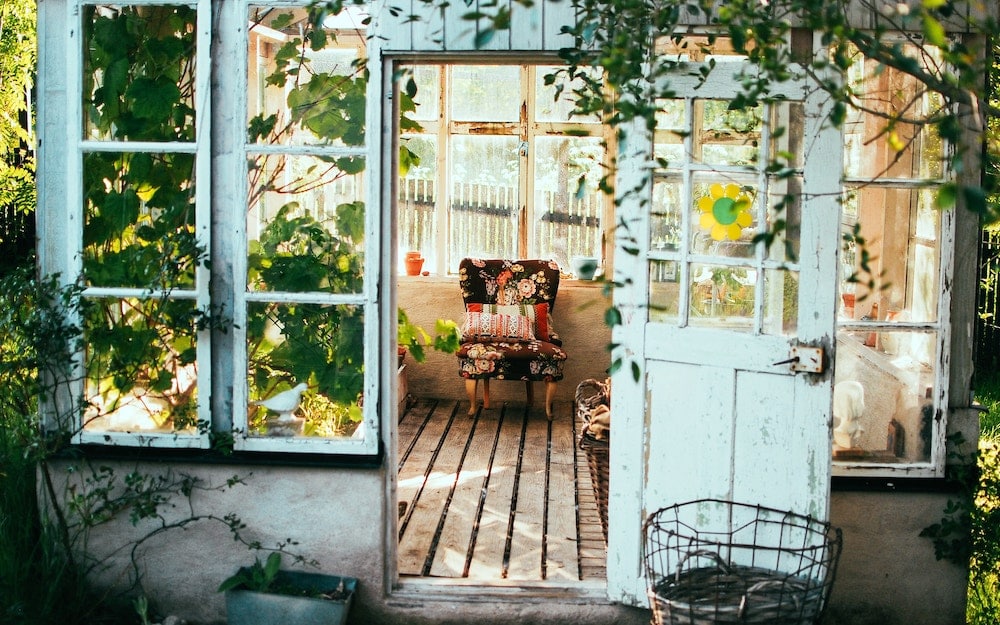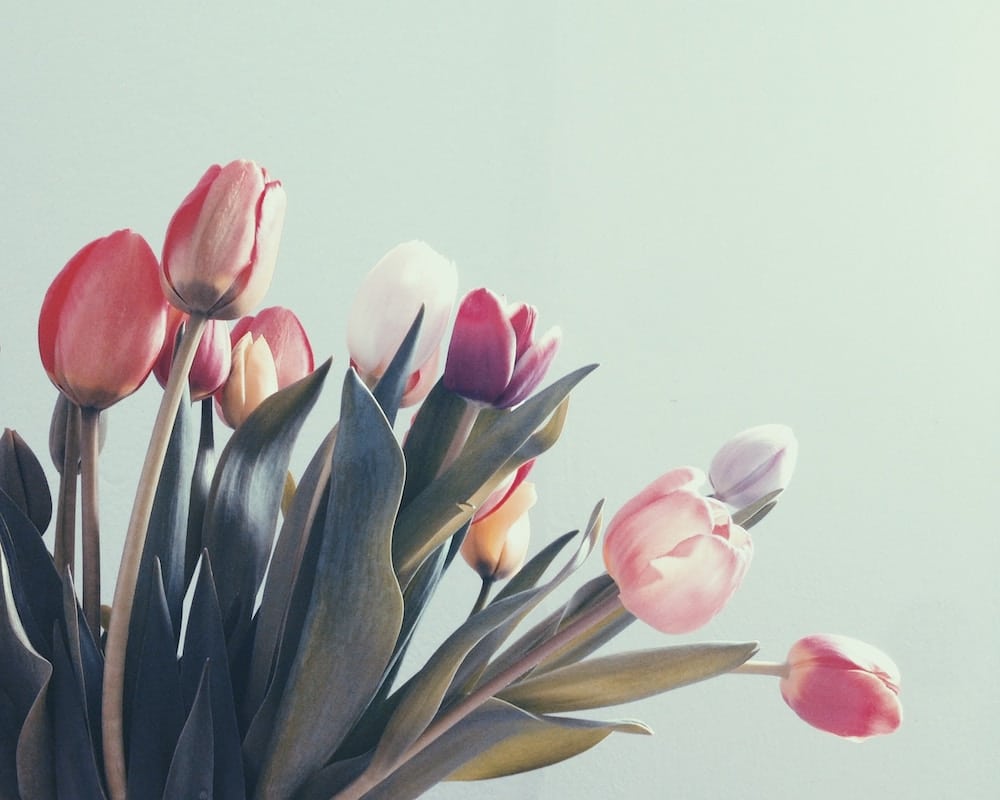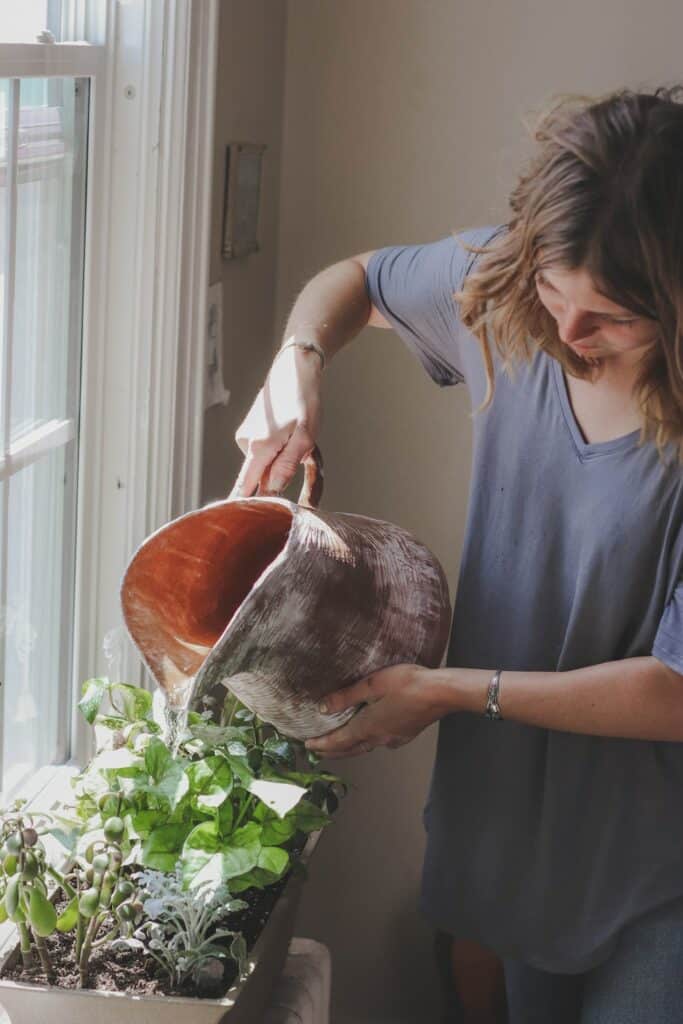Getting Your Garden Ready For Spring

By Anya Cooklin-Lofting
Nurturing a garden of which to be proud is no small feat. It involves months of pre-planning, consistent attention and dedication to detail. However, the benefits of nailing your garden design, from layout to colour, function to fragrance, is one of the most rewarding domestic pleasures. Whether you’re creating an oasis for entertaining friends and family, a peaceful enclave for getting in touch with nature, a kitchen garden or a florist’s paradise, now is the time to start prepping.
Getting Started

As an artist preps their canvas, a great gardener gives themselves the best chance of success with a clean slate. Tidying up the garden will give you a sense of clarity about what you want to achieve, how you’ll use your space and what the possibilities are for switching things up. Remove fallen leaves and branches using a rake or a leafblower, cut the grass and neaten up perennials that have sprawled over the winter. While this task won’t be quite as satisfying as picking bouquet flowers for friends or a few veggies to roast for dinner, it will definitely feel like an accomplishment by the end of the day.
On a more technical level, you can look at improving your soil quality. This may sound complicated, but there are actually a few simple ways do to this. Initially, you need to test your soil. The best way to do this, according to Old Farmer’s Almanac, is to dig up one cubic foot of soil, break it apart and search for earthworms. You should find at least 10 earthworms if your soil is healthy. If you find fewer than 10, the advice is to add organic matter into the mix throughout your planting areas, which could include compost, aged manure and leaf mould using a spading fork.
You can also take this opportunity to declutter your shed or gardening toolbox. A clean, tidy shed will help to preserve your gardening equipment and, of course, reduce the stress associated with chaotic, messy spaces, making for a more enjoyable gardening experience. It’s also advisable to clean and sharpen tools like secateurs and trowels for not just easier, but safer usage.
Design Ideas

Getting to grips with how you want your garden to function is the first important step. Work out where you might like to establish dining or lounge spaces, a section for games or play and beds for flowers, fruit or vegetables. Are there any specific features towards which you’d like to draw the eye, such as a pond, an outdoor sculpture or a particularly beautiful tree? There’s no right or wrong way to do this, but giving consideration to these decisions will give you some structure to work to.
Light-touch design ideas could include adding colour in unexpected ways. Paint fences or structures like trellising with bright colours that complement the colours of the flowers you might want to grow. Personally, I love the way paint weathers outside, chipping in places for a rustic feel. Another less intensive design idea is to use colourful pots in varying glazes, textures and sizes to bring different dimensions and layers to patios or decks.
What to Plant Now

Classic spring flowers will thrive in your garden right now. Opt for daffodils and crocuses, fragrant hyacinths and decadent dahlias. Now is the time to lean into tulip varieties, too, which make delightful displays at home, especially using the TikTok-famous tulip petal hack.
Getting ahead of the game on your vegetable garden will bring great rewards right the way through the summer. While it’s best to plant most vegetables in warm weather, vegetables including broccoli, cabbages, kale, Swiss chard, kohl rabi and lettuce can be planted in March for quick results. You can keep sowing seeds throughout the season to extend the harvest period.
Windowsill Gardeners

For those without the privilege of a garden, windowsill options are still rewarding, and there is something charming about miniature gardening. While planting bouquet flowers might be tricky because of the height and space they require, lower-lying plants like hyacinth can be grown in bowls in bright spots around the home very easily. Where your indoor kitchen garden is concerned, growing salad items like microgreens and herbs is a manageable place to start. If you have a bright enough window, the opportunities are endless. Last year, I grew cherry tomatoes all the way through until November!





